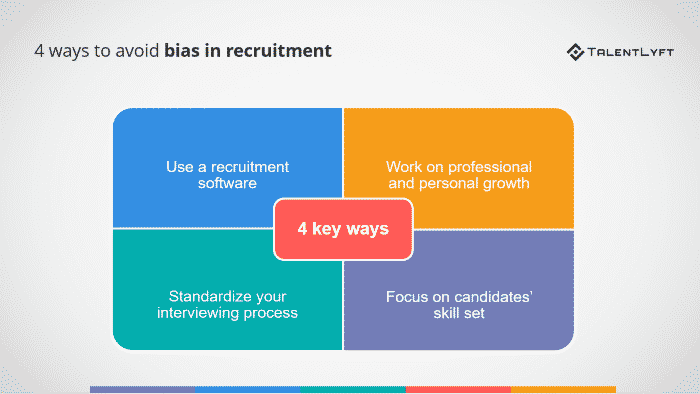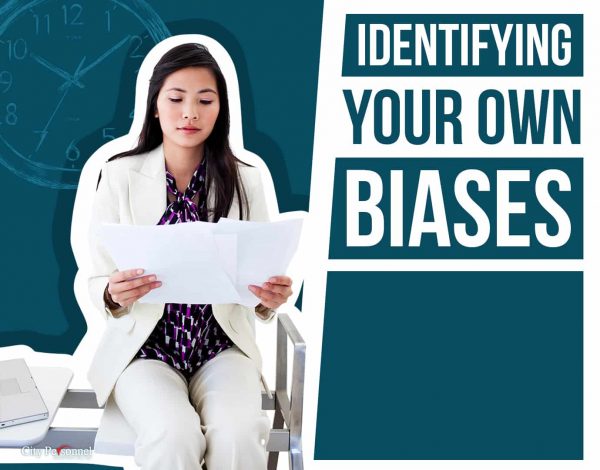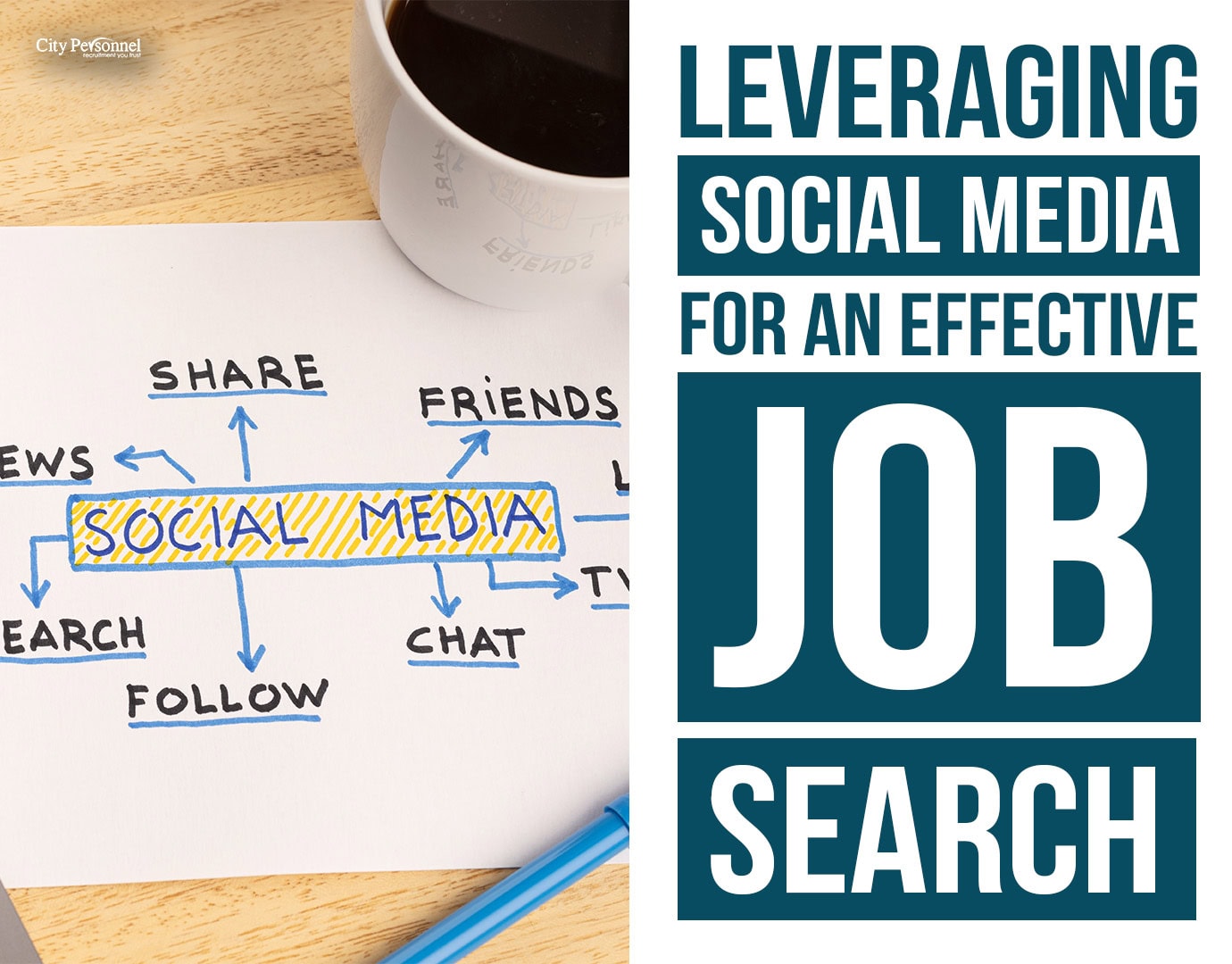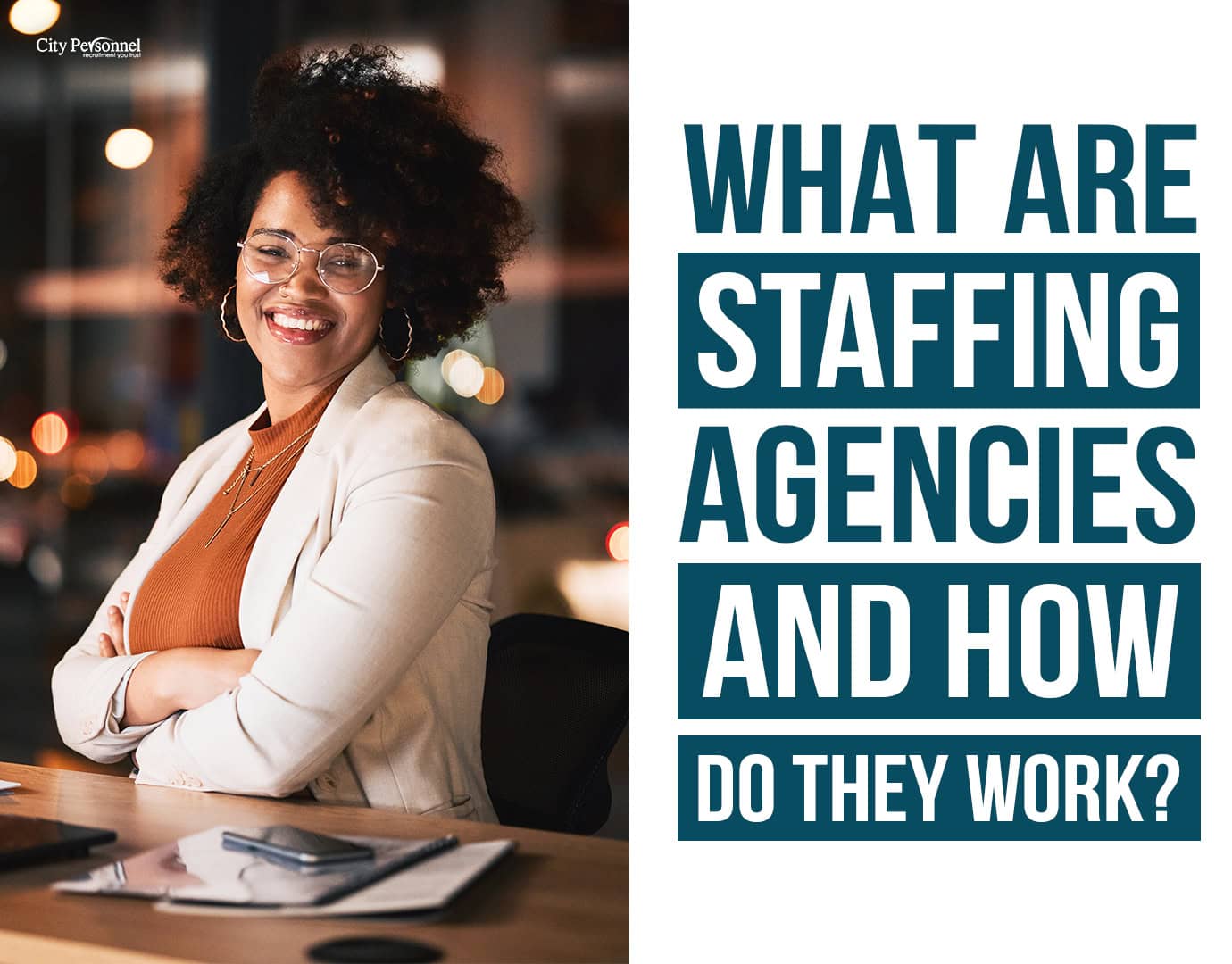Every individual has their own biases, but identifying them and not letting them affect the hiring process is key to having a successful business. We will teach you about biases that you may not know you are using & how to prevent them. However, before we teach you about biases, we want to show you the importance of diversity and inclusion in the workplace.

Diverse workplaces create higher cash flow, increase profit, and problem-solve quicker. That is why hiring managers’ prioritize finding diverse candidates to fill their positions.
In fact, 80% of hiring managers in 2020 said that diversity is now an essential factor in their hiring process, which is a significant step forward for companies to continue to grow and be successful. However, sometimes you may have the right intention but still fall short of hiring the best candidates due to your own biases that you may not even know you have.
The best way to avoid bias would be to learn more about them. Unfortunately, we can’t go over every bias, but we will go over some of the most common. For a longer list, visit Wikipedia.
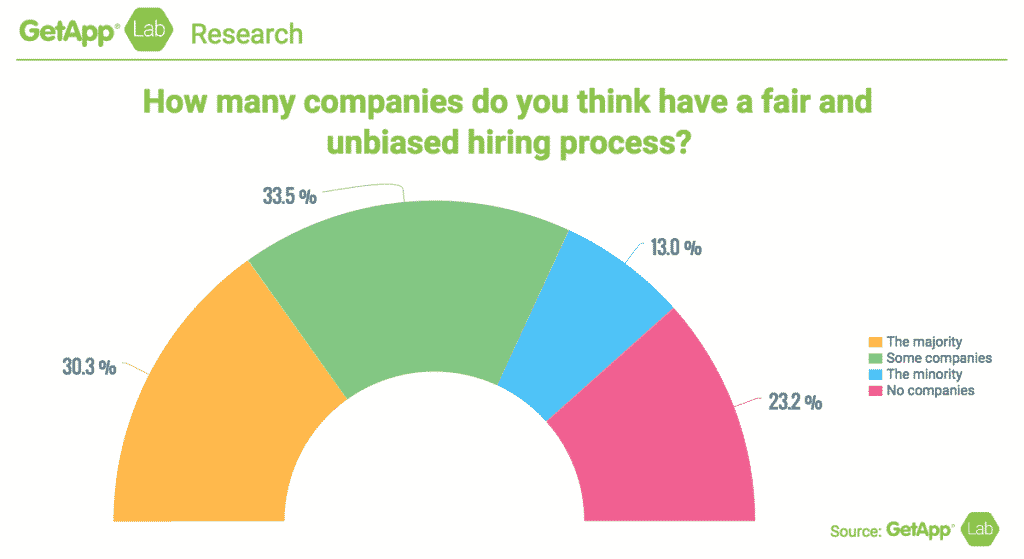
Confirmation Bias
Confirmation Bias is when you make an assumption about a person and try to confirm it by asking for specific information that will support your initial belief.
An example of this would be asking different questions to a Harvard graduate compared to a graduate of another school. Whatever a resume says, make sure to ask the same questions to each candidate. For more information about what to look for in a resume other than what school they went to, check out our article on 5 tips are on what to look for in a resume.
Sometimes we make judgments based on perceived truths and then continue to try and justify our initial bias. One way to prevent this is to ask specific questions on an interview and not veer off.
The truth is, 60% of interviewers make their decision about a candidate within 15 minutes. Sometimes interviewers make their decision before even meeting a candidate virtually. Deciding on a candidate before meeting them can cause employers to miss out on top talent.
Anchoring
Anchoring is when you rely on one piece of information to assume their capability of doing the job. Just because someone graduated from Harvard doesn’t mean they will be the best fit for the position.
Never look at one piece of information to make your decision about a candidate. Don’t be like the 75% of employers who said they had hired the wrong person for a position. We understand that there still may be a possibility that you hire the wrong person, but don’t let your biases be the cause of it.
Halo Effect and Horn Effect
Halo Effect is a bias that the interviewer focuses too heavily on one positive aspect of a candidate. Horn Effect is a bias that the interviewer focuses too heavily on one negative aspect of a candidate.
To avoid these, look at information as a whole and not just one part of it.
Similarity Attraction Bias
Similarity attraction bias is a bias where the hiring manager chooses to hire a candidate that is similar to themselves. An example of this would be a hiring manager choosing a candidate because they both graduated from the same college.
Conformity Bias
Conformity bias is a bias based on peer pressure.
Let’s say three hiring managers were tasked with filling a newly opened position. Each manager needs to agree on one candidate to fill the job opening. After doing a handful of interviews, they all sit down and go over who their favorite candidate was. The first and second hiring manager say “John Doe,” but the last hiring manager wasn’t impressed with “John Doe.” If the last hiring manager goes with “John Doe” just because the other two hiring managers liked them, this is conformity bias.
What if you were faced with this situation? What would you do? How about if there were nine other hiring managers that all said they liked a candidate, but you didn’t? Would you still speak up?
Stereotyping
Stereotyping happens when you attach certain expectations to a candidate based on their specific characteristics. For example, thinking all tall people are athletic would be a stereotype.
Understanding these biases and developing your hiring process to eliminate bias is the best way for you to hire diverse candidates and become a great manager. Now that you know more about each bias, you will be able to identify your biases before recruiting.
